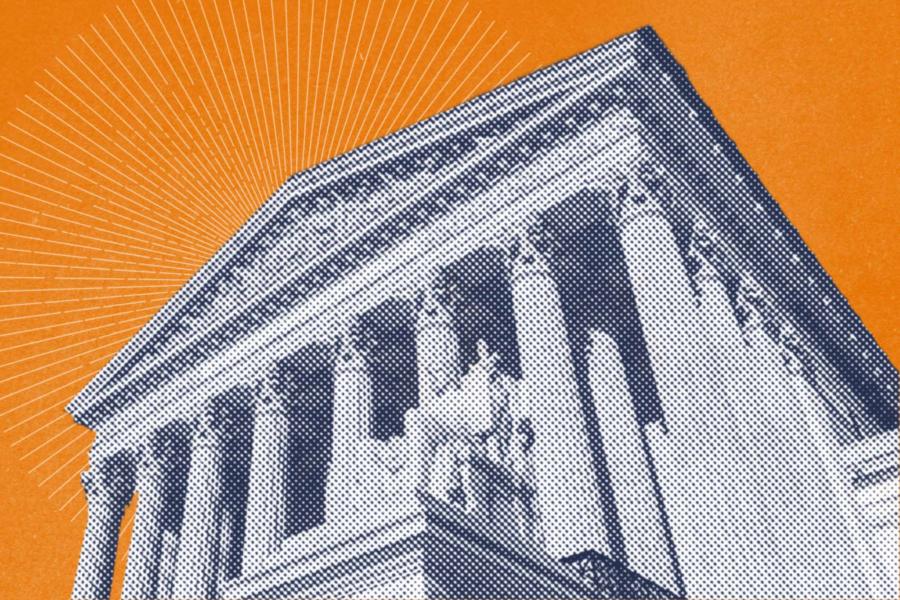From tight races and divided electorates to differences in the Electoral College and popular vote, the 2024 election resembles U.S. elections of the past. In an essay on the University of Virginia Miller Center for Public Affairs’ Election 2024 blog, Miller Center senior fellow Robert Strong notes that extremely close presidential elections are common, not exceptions.
Back to the Future? The 2024 Election Is a Lot Like 19th-Century Contests
The last time a president defeated for reelection came back to win the White House was 1892. Grover Cleveland, the 22nd president, became the 24th – the only president to hold two nonconsecutive terms. That’s the trick Donald Trump is trying to repeat this year.
If we look beyond Grover Cleveland to politics in the second half of the 19th century, are there any insights from that era that might help us understand our own political times? Maybe. Here are a few things to consider:
- In the 20 years between the presidencies of Ulysses S. Grant and William McKinley, neither major political party was dominant. Only one presidential candidate from 1876 to 1892 won 50% or more of the popular vote: Samuel Tilden, the loser in the controversial 1876 election, did get 50.1%, but ultimately lost in the Electoral College.
- Several presidential elections at the end of the 19th century were extremely close. Cleveland won the popular vote in 1884 by less than 1%. He won it again in 1888 by a similar margin but lost to Benjamin Harrison in the Electoral College. James Garfield in 1880 won by roughly 0.1%.

Robert Strong, a Miller Center senior fellow, says elections in the last half of the 19th century had several similarities to modern elections. (Contributed photo)
Twice in this century, the winner in the Electoral College lost the popular vote: Bush in 2000 and Trump in 2016. There were two similar results in the second half of the 19th century: Tilden and Cleveland, after winning the popular vote in 1876 and 1888, each lost in the Electoral College.
- Of course, victory in the Electoral College in the second half of the 19th century was a moving target. The official tally needed to win the presidency changed 14 times between 1850 and 1900 as new states were admitted to the Union.
- Relatively weak presidents (in terms of popular support) at the end of the 19th century were further weakened by the absence of a unified government (a single party in control of the House, Senate and White House). Garfield and his successor, Chester A. Arthur, Harrison and Cleveland each had two years of unified government. In the remaining 14 years between Grant and McKinley, the nation had divided government.
- Divided government is common in American politics today. Bill Clinton, Barack Obama, Donald Trump and Joe Biden came into office with unified governments and lost the House of Representatives two years later. Republicans lost their majority in the Senate during George W. Bush’s first year in office. The last president of the United States to have four years of unified government was Jimmy Carter.
The end of the 19th century and the beginning of this one are both characterized by closely divided political parties and the absence of decisive elections (political scientists call them “critical” elections) that change the nation in large and long-lasting ways. Those elections are rare, and periods of highly competitive campaigns, like the one we are in today, may be closer to the norm in American politics.










